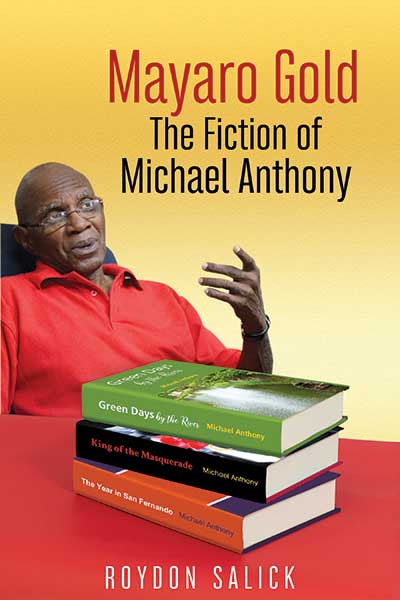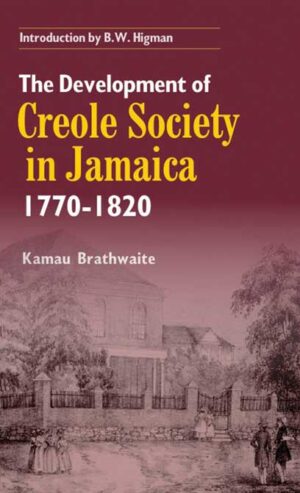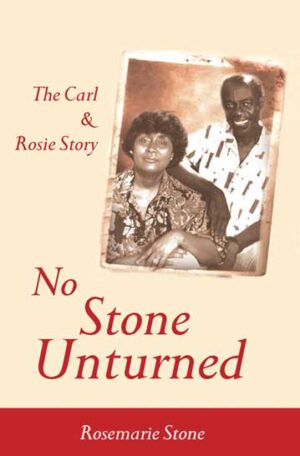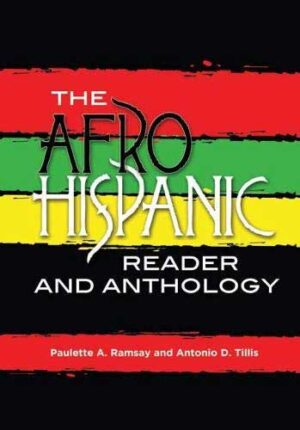Description
The absence of a full-length study of the fiction of Michael Anthony is a lamentable gap in West Indian
Literary criticism. Roydon Salick sets out to correct this lacuna in a balanced study of fifteen of
Anthony’s works of fiction, in which he assesses the strengths and weaknesses of this writer of tales,
short stories, and novels.
The author makes a convincing case for Anthony as an important populist writer whose works are
written with the average reader in mind through simple plots, a lucid style and uncomplicated
narrative techniques. For Salick, Anthony’s real strength as a writer lies, not in his ability to fashion
absorbing plots but in his ability to depict memorable characters and create a sense of place. He may
not have produced anything as great as A House for Mr Biswas or as trend-setting as A Brighter Sun,
but any writer whose work so memorably puts the town of San Fernando or the village of Mayaro on
the literary map, so successfully marries island history and fiction, so tellingly depicts so many facets
of Trinidadian culture and so movingly explores the world of adolescence, is one who must be taken
seriously, pedestalled and cherished.
Ken Ramchand:
This is an important contribution to our understanding of Trinidad and Trinidadian Letters.
Michael Anthony is our oldest living writer, stubbornly rooted in the landscapes of his birthplace
and his early life (Mayaro, and San Fernando-Pointe-à-Pierre) where many of his better short
stories and his first three novels are embedded.
Roydon Salick’s introductory study is the first book-length survey of a seminal and innocently
figurative writer too often described as ‘simple’. It sets the scene for a rediscovery of an original
and radically native writer who refused to bring his life in England into his fiction and who wrote
back to colonialism by conveying the essence of his native land, the naturalness of his characters,
and the truth of the voices and the language they shared with their author. Nothing can be more
political than that. Salick’s book quite properly offers a detailed overview of Anthony’s life and
family relations, lays out and classifies the writings for a new generation of readers, and is very
clear about what the critic considers the major novels and better short stories.
The book understands well enough the combined force of the fictions and the social, cultural and
historical works in which Anthony builds a unique history of Trinidadian cultures and historic
moments. It invites new readers to take a serious look at Michael Anthony as an educator who
makes it exciting to find out who we are.








